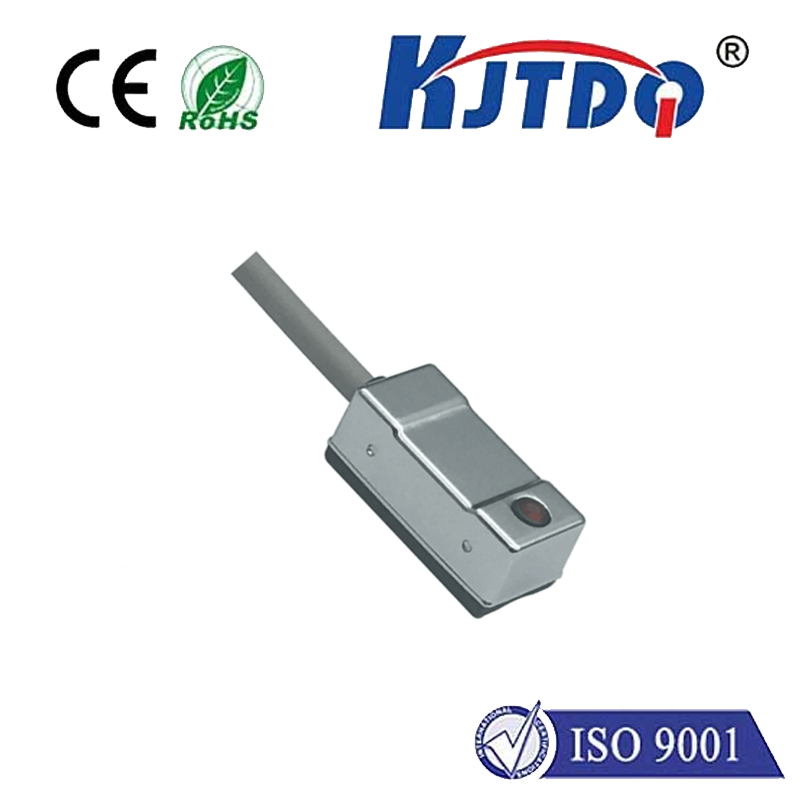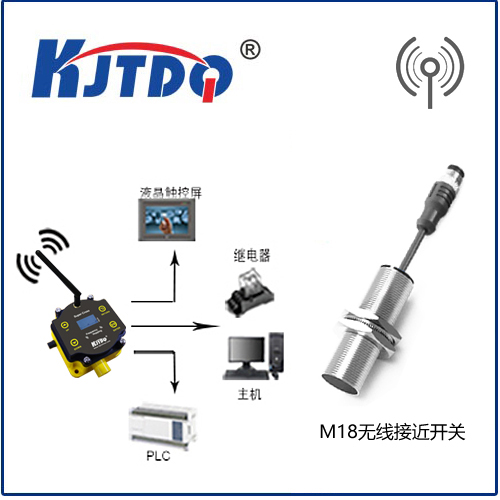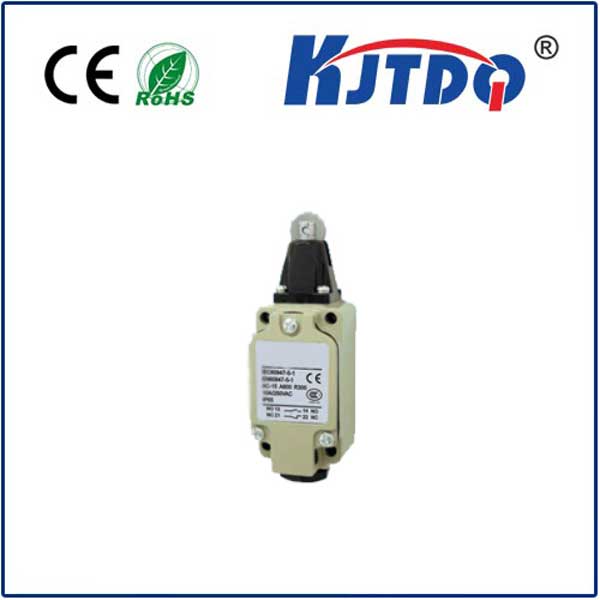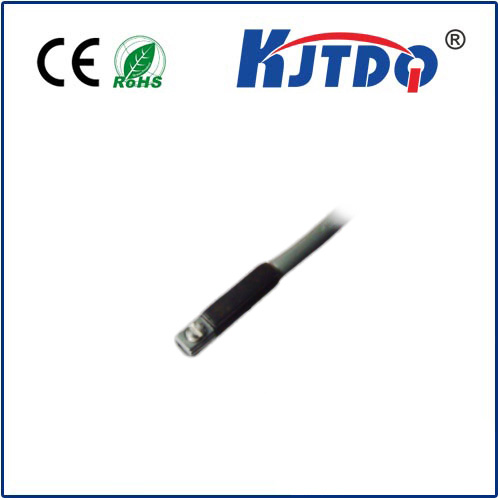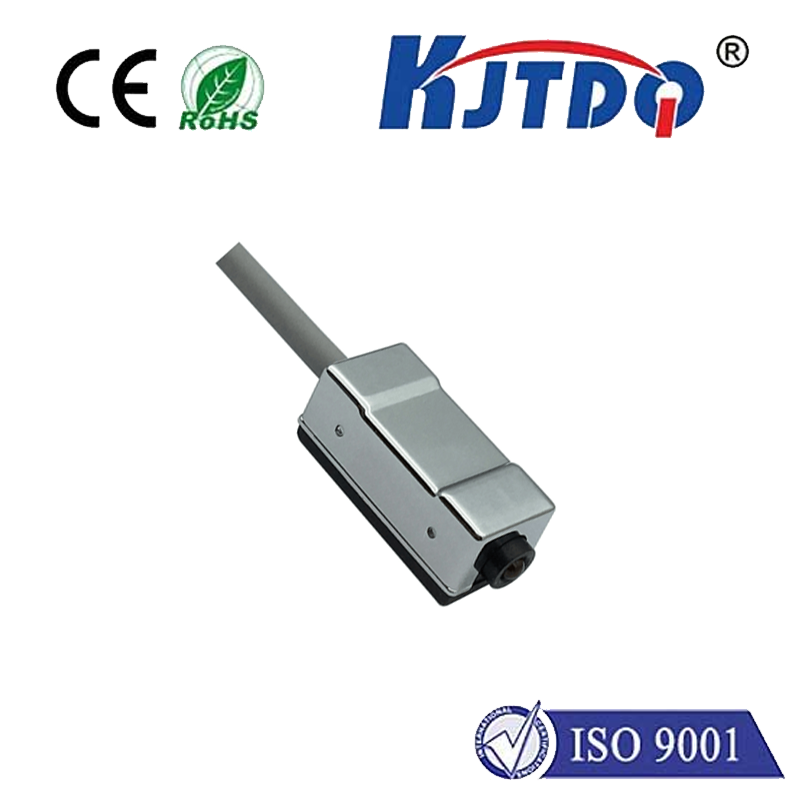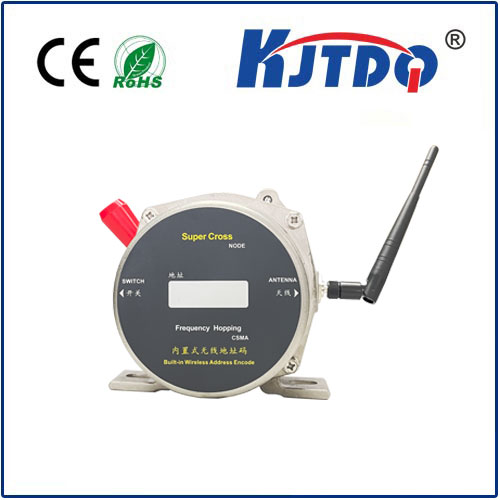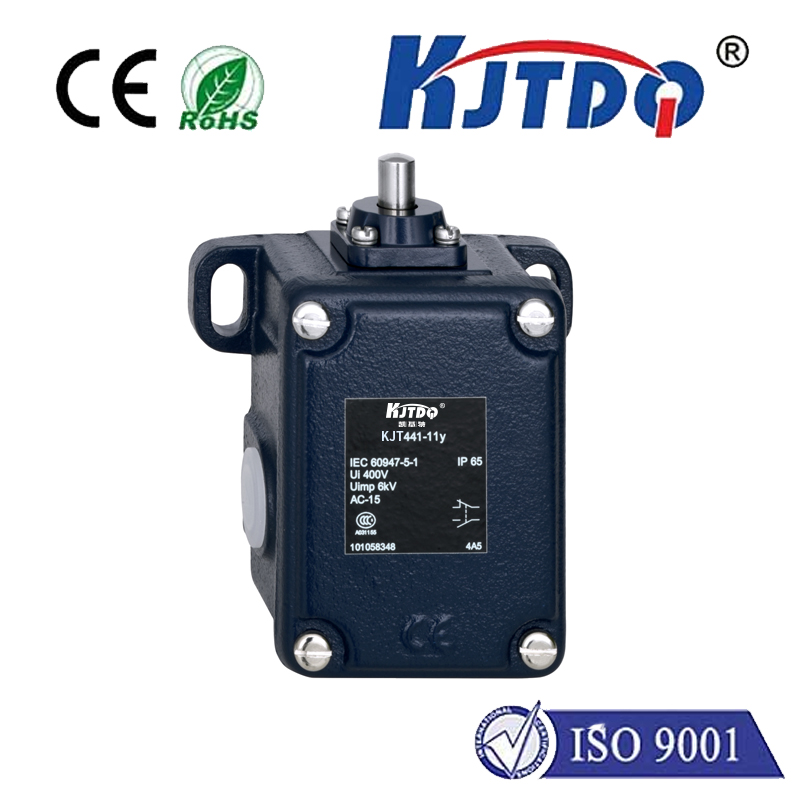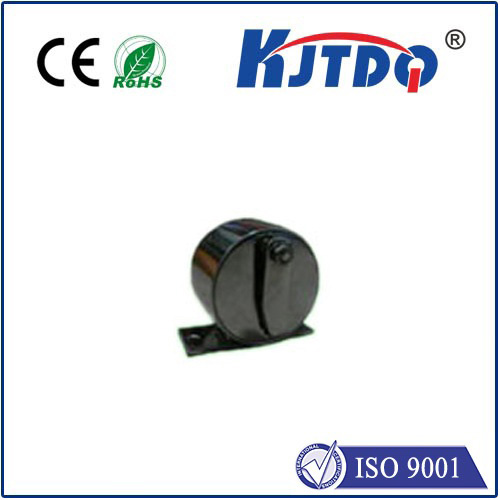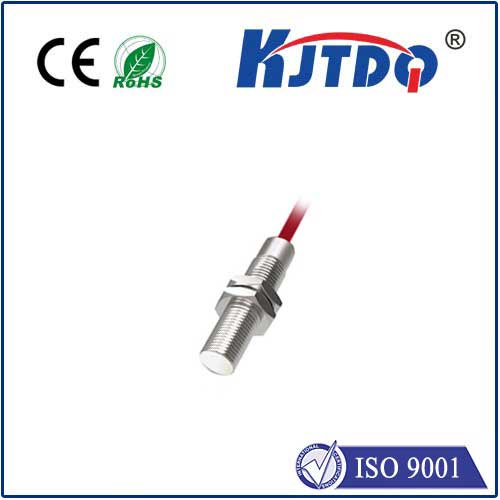

check

check

check

check

check

check

check

check

check

check

Hall proximity switches can be divided into two types: unipolar and all-polar. The main difference between them is the output mode and applicable scenarios:
Single Pole Hall proximity switch: Single Pole Hall proximity switch has only one output channel and is usually used to detect the proximity of a target object. When the target object enters the detection range of the Hall sensor, the output signal will switch states and trigger the corresponding action. Unipolar Hall proximity switches are suitable for simple application scenarios that only need to determine whether the target object is close.
Omnipolar Hall proximity switch (Bipolar): Bipolar Hall proximity switch has two output channels and can output two signal states at the same time. Usually one channel is used to detect the approach and departure of the target object, and the other channel is used to detect the magnetic pole direction of the target object. Omnipolar Hall proximity switches are suitable for application scenarios that need to detect the position of target objects and the direction of magnetic poles, such as the position of magnetic objects and the detection of magnetic pole polarity.
Generally speaking, unipolar Hall proximity switches are suitable for simpler proximity detection applications, while omnipolar Hall proximity switches are suitable for more complex position and polarity detection applications. The specific type of Hall proximity switch to choose needs to be determined based on the specific application requirements.
